Get Rid Of Like Ransomware from Windows XP
Errors generated by Like Ransomware 0x0000005B, 0xf080E CBS_E_MANIFEST_VALIDATION_DUPLICATE_ATTRIBUTES multiple attributes have the same name, 0x80248009 WU_E_DS_MISSINGREF The data store is missing required information or has a reference to missing license terms, file, localized property or linked row., 0x00000092, 0x80242000 WU_E_UH_REMOTEUNAVAILABLE A request for a remote update handler could not be completed because no remote process is available., 0x8024A002 WU_E_AU_NONLEGACYSERVER The old version of the Automatic Updates client has stopped because the WSUS server has been upgraded., 0x8024001B WU_E_SELFUPDATE_IN_PROGRESS The operation could not be performed because the Windows Update Agent is self-updating., 0x8024000B WU_E_CALL_CANCELLED Operation was cancelled., 0x8024400A WU_E_PT_SOAPCLIENT_PARSE Same as SOAPCLIENT_PARSE_ERROR - SOAP client failed to parse the response from the server. , 0x000000C5, 0x8024D003 WU_E_SETUP_ALREADY_INITIALIZED Windows Update Agent could not be updated because of an internal error that caused setup initialization to be performed twice., 0x000000A0, 0x80244029 WU_E_PT_INVALID_CONFIG_PROP A configuration property value was wrong., 0x80240FFF WU_E_UNEXPECTED An operation failed due to reasons not covered by another error code., 0x80244020 WU_E_PT_HTTP_STATUS_NOT_SUPPORTED Same as HTTP status 500 - server does not support the functionality required to fulfill the request., 0x00000060Detail About Like Ransomware With Rip Out Steps
Basic Knowledge Of Like Ransomware
Like Ransomware is suspected as extremely hazardous System virus which spread in the System secretly and performs malicious functionality to make the System compromised. It poses harmful impacts on the System behavior and tries to take full control over the System by modifying the default settings. It is designed by cyber criminals which helps them by transferring your confidential and financial information. They can give you big loss and make you suffer from identity theft situation. It is responsible for weaken the System performance and modifies registry entries with malicious payloads. It also interrupts your surfing session by displaying unwanted advertisements and also blocks your visit to your favorite sites. You will also experience some change of default homepage browser and desktop background simultaneously. So if you notice its notorious consequences then Rip Out it immediately without delay any more.
Guide: 1 Delete Like Ransomware From Registry Editor
Guide: 2 Delete Like Ransomware From Control Panel
Guide: 3 Start Your Computer In Safe Mode With Networking
Guide: 4 Delete Like Ransomware Related Process From Task Manager
Guide: 5 Delete Like Ransomware From Browsers
Guide: 1 Delete Like Ransomware From Registry Editor
- Step 1: Open Run Window By Pressing the key Win+R.

- Step 2: Type regedit and enter OK.

- Step 3: Find & Delete all Registry files related to Like Ransomware.
- Step 1: Go Start menu and select Control panel.
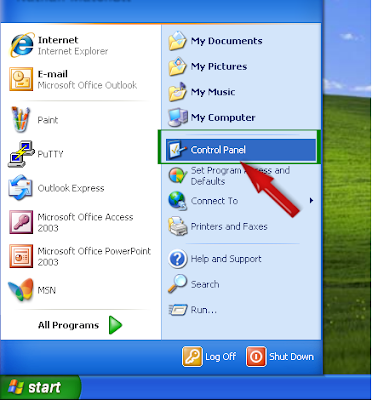
- Step 2: Select Add or Rip Out program option.

- Step 3: Search & Select unwanted program whom you wanted to Rip Out from System.
- Step 4: Click on Delete Button.

- Step 1: Click on Windows Key from your keyboard.
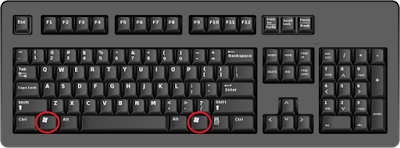
- Step 2: Select Control panel Option From start menu.

- Step 3: Select Rip Out a Program option from Program menu.

- Step 4: Select Unwanted programs from your System whom you want to Rip Out.

- Step 1: Press Win+R button to Open Run Box Command Window.

- Step 2: Type Control panel in Run Window and Press Enter.

- Step 3: Click on Delete a program.

- Step 4: Select Like Ransomware and other malicious program whom you want to Rip Out and then Click Delete.

- Step 1: Press Start button and Choose Setting option.

- Step 2: Select System option.

- Step 3: Click on Apps and Features option.

- Step 4: Select Like Ransomware or suspicious programs whom you want to Rip Out and Click Delete.

Rip Out Like Ransomware From Windows XP/Vista
- Step 1: Restart your System.
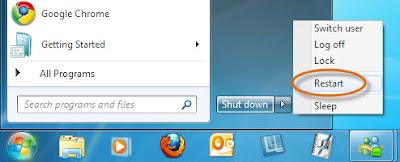
- Step 2: Press F8 Key to open Advance Boot Option Window.

- Step 3: Opened Advance Boot Option.
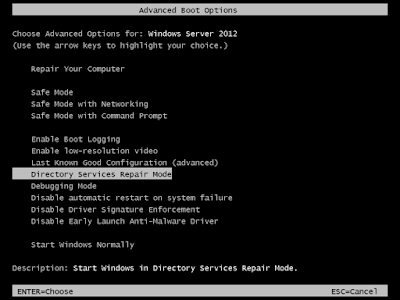
- Step 4: Select “Safe Mode with Networking” option then hit Enter button from keyword.

- Step 1: Click on Start menu and Press Shift key then Click on Restart button.
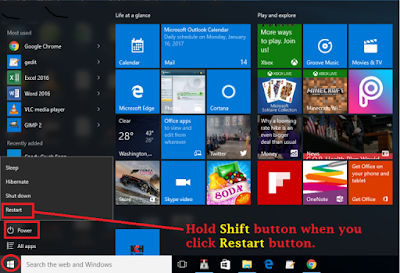
- Step 2: Select on Troubleshoot option.

- Step 3: Click on Advanced Options.

- Step 4: Select Startup Settings option.

- Step 5: Select Enable Safe Mode option and then Click Restart button.

- Step 6: Press F5 button to Enable the Safe Mode With Networking option.

Guide: 4 Rip Out Like Ransomware Related Files From Task Manager
- Step 1: Press ALT+Ctrl_Del Button From the key board simultaneously.
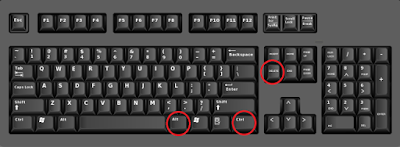
- Step 2: Select Windows Task Manager Option from Windows screen.

- Step 3: Choose the malicious process and click on End Task Button.

Delete Like Ransomware From Mozilla Firefox Browser
- Step 1: Launch Mozilla Firefox and click on Menu icon (≡).
- Step 2: Now Click on Add-ons from the open Window.
- Step 3: In the Add-ons Manager tab and choose the Extension or Appearance Panel.
- Step 3: Select Like Ransomware and other suspicious extensions and click on Delete button.
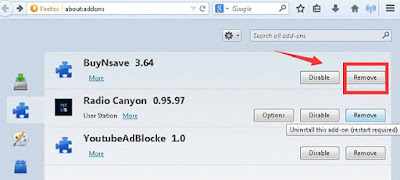
Delete Like Ransomware From Google Chrome Browser
- Step 1: Launch Chrome browser and click on Settings icon (≡).
- Step 2: Click on Tools option and select Extensions.
- Step 3: From the opened Extension Window you need to locate Like Ransomware if found then click on the garbage bin icon appear on right of it.

Delete Like Ransomware From Internet Explorer Browser
- Step 1: Launch Internet Explorer and Press Alt+T button or Click on (≡) from right top corner.
- Step 2: Select Tools option and click Manage Add-ons option later choose Toolbars and Extension tab.
- Step 3: Select Like Ransomware and other malicious add-ons and select Disable button.
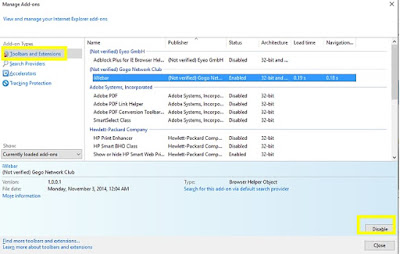
Delete Like Ransomware From Microsoft Edge Browser
- Step 1: Launch Microsoft Edge web browser and Click on More(....) icon.
- Step 2: Choose Settings and select a specific page or pages from under the Open option.

- Step 3: Select Custom option and enter the URL of the page that you wish set as your browser homepage.
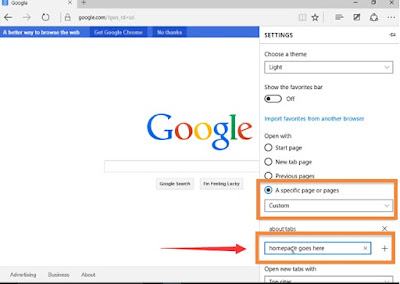

No comments:
Post a Comment